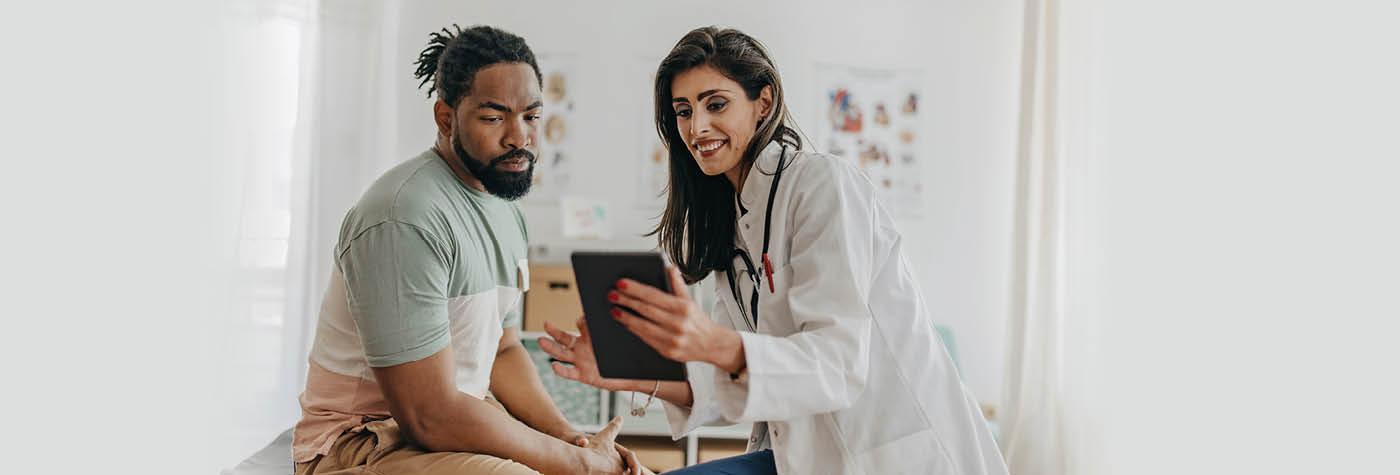According to the Centers for Disease Control and Prevention, about 1 in 240 babies in the U.S. is born with a ventricular septal defect each year. If a baby experiences symptoms or a heart murmur is detected, the cardiologist will order additional tests to confirm the diagnosis.
A chest X-ray takes pictures of your heart, lungs and arteries and can reveal signs of heart disease, such as enlarged areas or calcium deposits in your heart and fluid in your lungs.
Cardiac computerized tomography (CT) uses X-ray images taken from numerous angles to create a 3D view of your heart. Using cardiac CT, doctors can evaluate the heart valves’ structure and locate blockages that prevent the valves from opening or closing correctly.
An echocardiogram (echo) is a test that records activity of the heart using high-frequency sound waves, or ultrasound. A technologist called a sonographer conducts this test by applying gel to your chest that makes it easier for sound waves to reach your heart. The sonographer will then wave a device called a transducer across your chest to send sound waves to your heart. The echo created by those waves is translated into images of your heart as it beats.
Providing information about your heart’s electrical activity, an electrocardiogram can help your doctor understand your heart rate and whether you have an arrhythmia. Alternatively, your provider might ask you to wear a monitor for a day or two to record how well your heart’s circuitry is working.
Cardiac magnetic resonance imaging (MRI) uses magnets to create detailed images of the heart’s structure and show blood flow and heart valve function. Using cardiac MRI, your physician can diagnose heart valve disease by evaluating leaky or narrowed valves.
During a cardiac catheterization, a thin tube called a catheter is maneuvered from an opening in the groin to the heart. The catheter can measure pressure and blood flow. Some types of heart problems can be repaired from within the blood vessels during a cardiac catheterization procedure.






